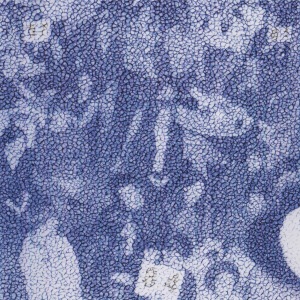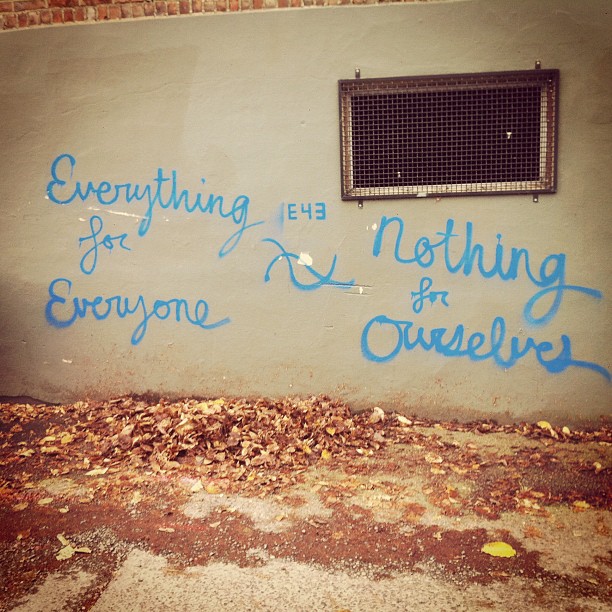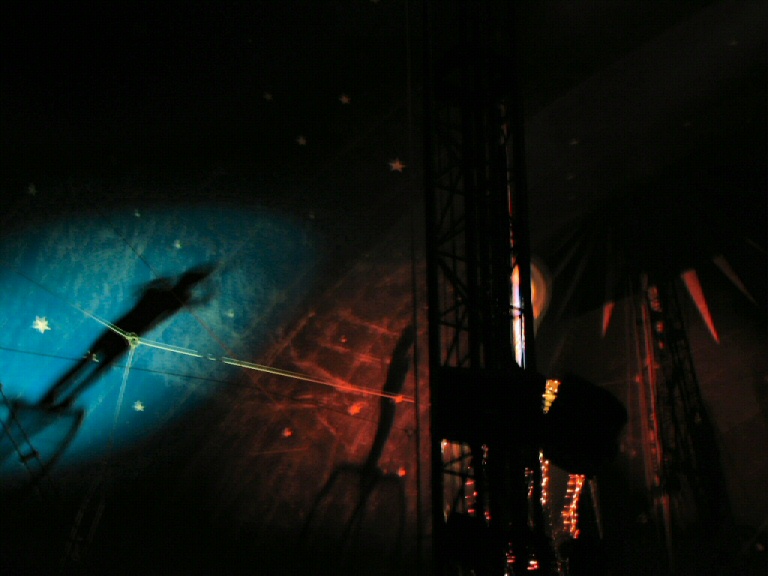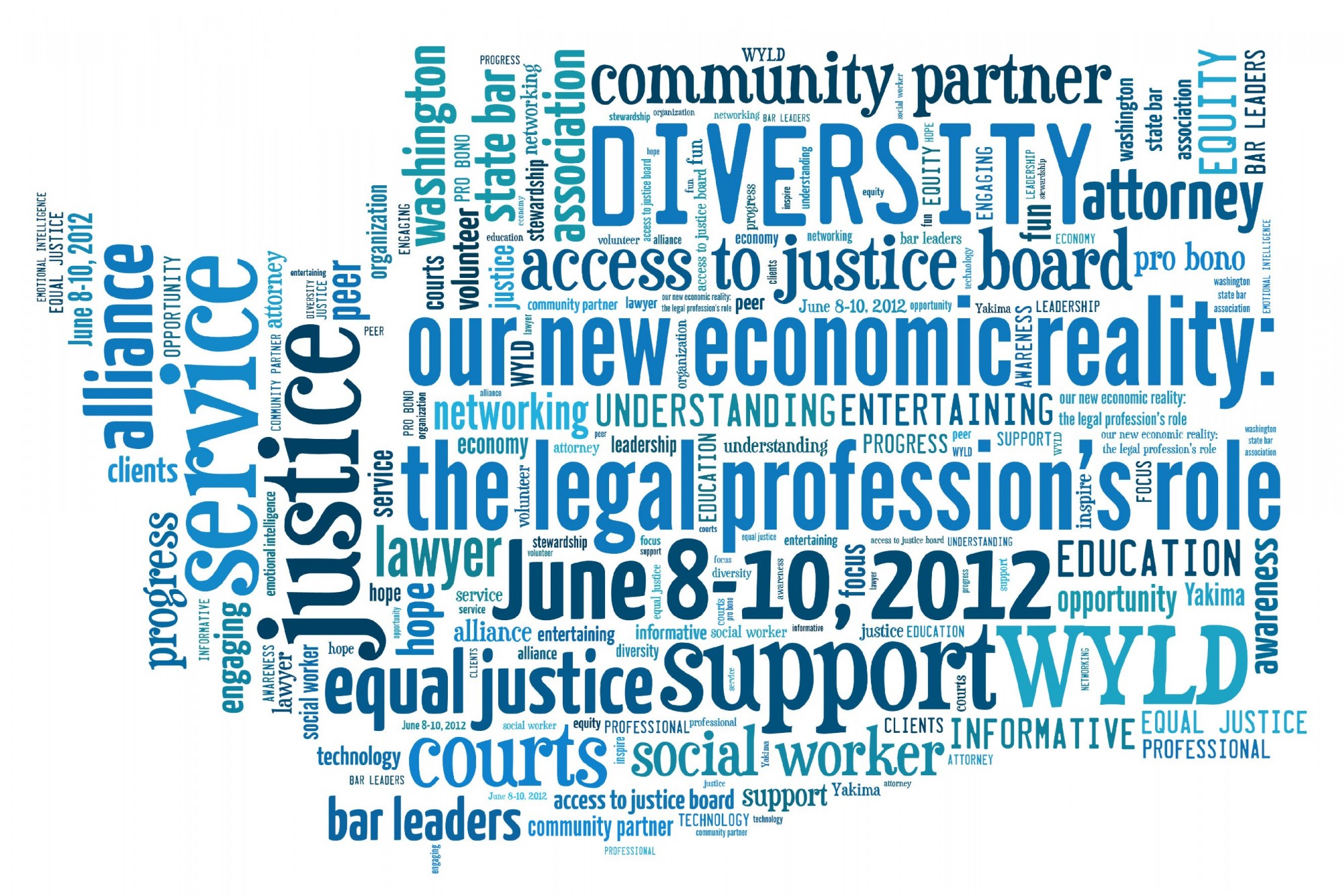
Shunpike kicked off a great training program last night. They found that the traditional workshop model wasn’t working for their members, so they created a series called Hive Mind. The format is short lectures, panel, and group discussion. Half the program time is dedicated to the discussion, and it’s here where the program shines. The panelists come off the stage, and sit with the audience. Facilitators encourage anyone in the room to answer questions or share resources, regardless of status as a “speaker.” I like this peer learning format, and my fellow audience members seemed to groove on it, too. The series is divided into four parts, you can read more about upcoming sessions over at Shunpike’s website (they’ll also post video archives of the lectures and panel).
Last night’s session, “Honey,” was about attracting resources. We heard from a mix of independent artists and arts organizations. My overarching take-away from the evening is the importance of building and maintaining relationships with supporters. Below are my thoughts, and links to related resources that I’ve used and recommend.
Nat Evans shared lessons from his successful crowdfunding campaign. Nat stressed that before you start a crowdfunding campaign, you need an established social media presence. Growing that presence is a regular part of your work. “Social media is like a digipet: if you don’t feed it, it dies.” For his campaign, Nat used social media to continually engage supporters. And also a lot of cat memes. His wry, meta advice, “If you engage the internet with the internet, you’ll be successful on the internet.”
Resource: Although social media usage is constantly evolving, I’ve found this guide on peak posting times to be very helpful in executing social campaigns.
Kenji Stoll of Fab-5 talked about his organization’s efforts to develop earned income through mural projects. Fab-5 has a space in Tacoma (“Fabitat”), and is especially committed to being a good neighbor. Relationships with others in the neighborhood help bring new volunteers, youth and contracts. It’s worth noting that this organization is entirely volunteer-run. I didn’t have a chance to ask Kenji if this is intentional, or if they have plans to develop staffing in the future. From a fundraising perspective, I caution all-volunteer organizations to establish and maintain good records so that future leaders can pick up where you left off with donors.
Resource: There are a number customer relationship management (CRM) software solutions that enable easy recording of donations and volunteers. Tech Soup offers a great round-up, and some discounts to qualified non-profits.
Terrell Dorsey of Unleash the Brilliance underscored the importance of letting go of fear in making asks, and in being persistent. Terrell secured a significant corporate sponsorship, but only after working through a year-long process of getting to the right person to make the ask. Go, Terrell! Terrell innately knows the value of a telling a good story, which is no doubt a critical part of his success.
Resource: The Storytelling Non-Profit is an excellent blog and training resource for developing your non-profit’s messages to supporters.
Vanessa DeWolf of Studio Current also talked about the value of neighborhoods and relationships in building support. “Everyone is charmable,” she said, and she encouraged asking for support first from the people you see every day, and those who use your services.
Resource: Tripoint Fundraising offers a free resource for creating a short-term fundraising plan. This guide breaks down the process into very simple steps, starting with your closest supporters first.
The event was a great chance to talk with other artists and non-profit leaders. I’m a volunteer advisor in Shunpike’s Arts Business Clinic, and these resources and conversations are helpful to the people we talk with in the clinic. I’m looking forward to the rest of this series!





